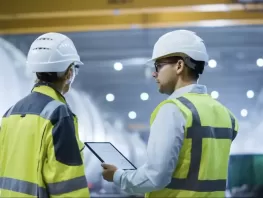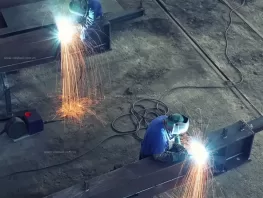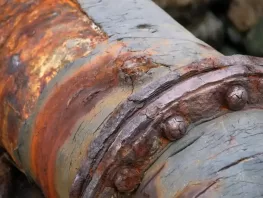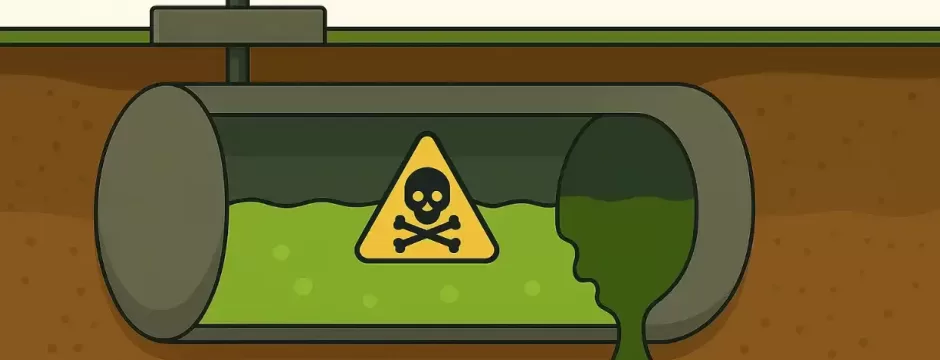
What Happens When a Tank Springs a Leak… 20 Feet Underground?
Posted Jun 16, 2025 by Dave Scaturro

Here’s why you don’t want to find out the hard way.
Let’s set the scene: You’re managing an industrial facility. Things are running smoothly. Then someone flags a pressure drop or signs of corrosion near your underground tank—and suddenly, you’re staring down the barrel of an environmental headache, a shutdown, and a six-figure repair bill.
At Alpine Painting & Sandblasting Contractors, we’ve seen what happens after the leak, and we’d rather help you prevent it altogether.
Once a tank starts leaking 20 feet underground, the options shrink—and the costs climb.
The Problem with Underground Tanks? You Can’t See the Problem.
Out of sight, out of mind—until it isn’t. Underground tanks store everything from chemicals and fuel to process water and waste. And they’re constantly battling external moisture, internal corrosion, and pressure shifts. The environment they’re in? Harsh. Hidden. And usually forgotten until something goes wrong.
If you don’t have a proactive inspection and maintenance plan in place, it’s not a matter of if you’ll have a problem—it’s when.
Prevention Starts with Inspection
At Alpine, we perform thorough inspections using visual assessments, ultrasonic thickness testing, and surface evaluation to check for coating failure, rust creep, and early signs of compromise.
The goal? Catch it early. Before there’s product loss, before there’s environmental risk, and before you’re making calls on a Saturday night trying to find an emergency repair crew.
High-Performance Coatings Make All the Difference
Let’s say your tank’s still in good shape structurally, but the coating’s nearing the end of its lifespan. Now’s the time to act.
We’ll prep the surface—often through abrasive blasting—to remove old coating and rust, then apply a high-performance lining system built for immersion, pressure, and chemical resistance. These aren’t off-the-shelf paints. These are engineered coatings designed to handle the specific demands of your stored materials and environment.
Done right, they’ll protect your tank for another 10–20 years. Done late—or not at all—and you’ll be lucky to get five.
Don’t Wait for the Leak to Happen
We’ve been called into our fair share of emergencies: leaks underground, coatings delaminated, tanks compromised and operations halted. But every time, we think the same thing: This could’ve been prevented.
And that’s our message to you.
Let’s Protect It Before It Fails
If your tanks haven’t been inspected in a while, or your coating system is nearing the end of its life, now is the time to act—not after the failure.
Contact Alpine Painting & Sandblasting Contractors to schedule a tank inspection or maintenance plan. We’ll help you protect your assets before they become emergencies.
Because the best leak is the one that never happens.




